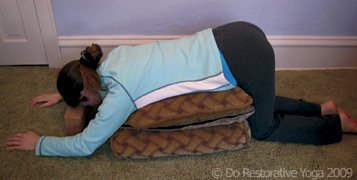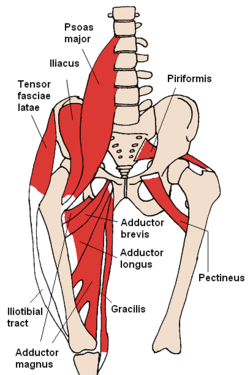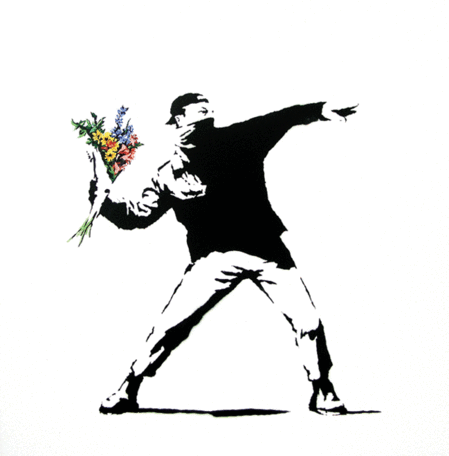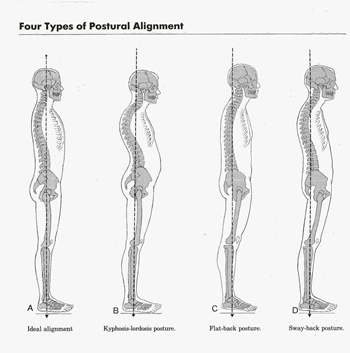‘Lifeloveandhorses’ blog is about “optimizing health, happiness, and peace” for my horses and myself. Yoga is a good form of exercise to increase strength, stamina, balance and flexibility. This will help towards my goal of riding my horses with confidence. Even with the limited amount of yoga that I have been doing, I can feel a positive difference in my body. I realize that it is very important not to strain and to go at my own pace. Make sure you go at your pace and your abilities when doing yoga and exercises. With that in mind.. today we continue to work through the poses for my New Year goal of doing 10 ‘Sun Salutation’ routines.
Adho Mukha Svanasana – Downward Facing Dog Pose
Adhas = down
Mukha = face
Svana = dog
If legs are not flexible enough, then can bend the knees. I was able to do a full Downward Facing Dog with straight legs to stretch, but the pose put too much strain on my elbows supporting my body. My right wrist also complained afterwards. I took a few days to recover before doing this posture again. I have learned that it is very important to listen to my body and to take things at my pace and avoid straining. Spreading fingers wide is supposed to help distribute the weight on the arms. Until I am stronger, then plan to use modified poses.
Downward Dog with Chair – Yoga for Inflexible People
Uttana Shishosana – Puppy Dog Pose is a cross between Child’s Pose and Downward Facing Dog. Can put a soft pad under the knees.
Even those modified examples of Downward Dog may be too difficult. A blog with good suggestions is: http://dorestorativeyoga.blogspot.com
Restorative yoga is a passive practice in which poses…are held for several minutes at a time, propped with blankets, blocks, and bolsters to minimize the amount of work that the muscles are doing in the pose. – Yogajournal

Supported Puppy Pose ~ Uttana Shishosana
Using props of blocks, blankets, straps and bolsters to help in the poses with support is a great idea and will definitely look into this further to avoid injury as I become stronger and more flexible. Yoga doesn’t have to be strenuous. The principles can very gently stretch out the ligaments and tendons and muscles with no strain, even if recovering from an injury.




